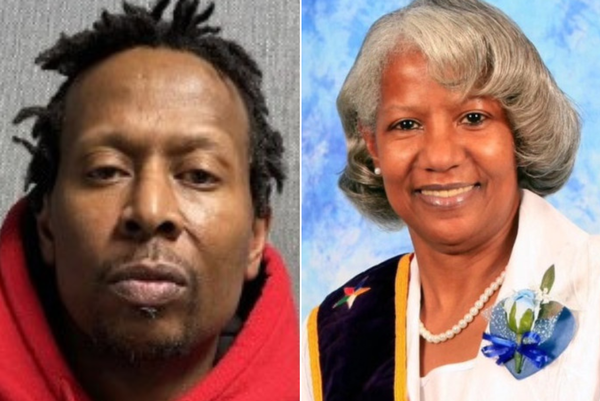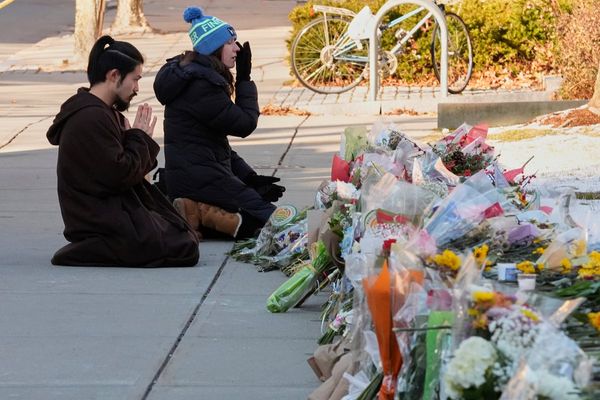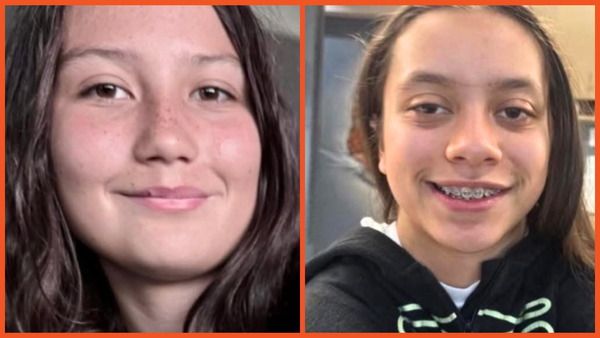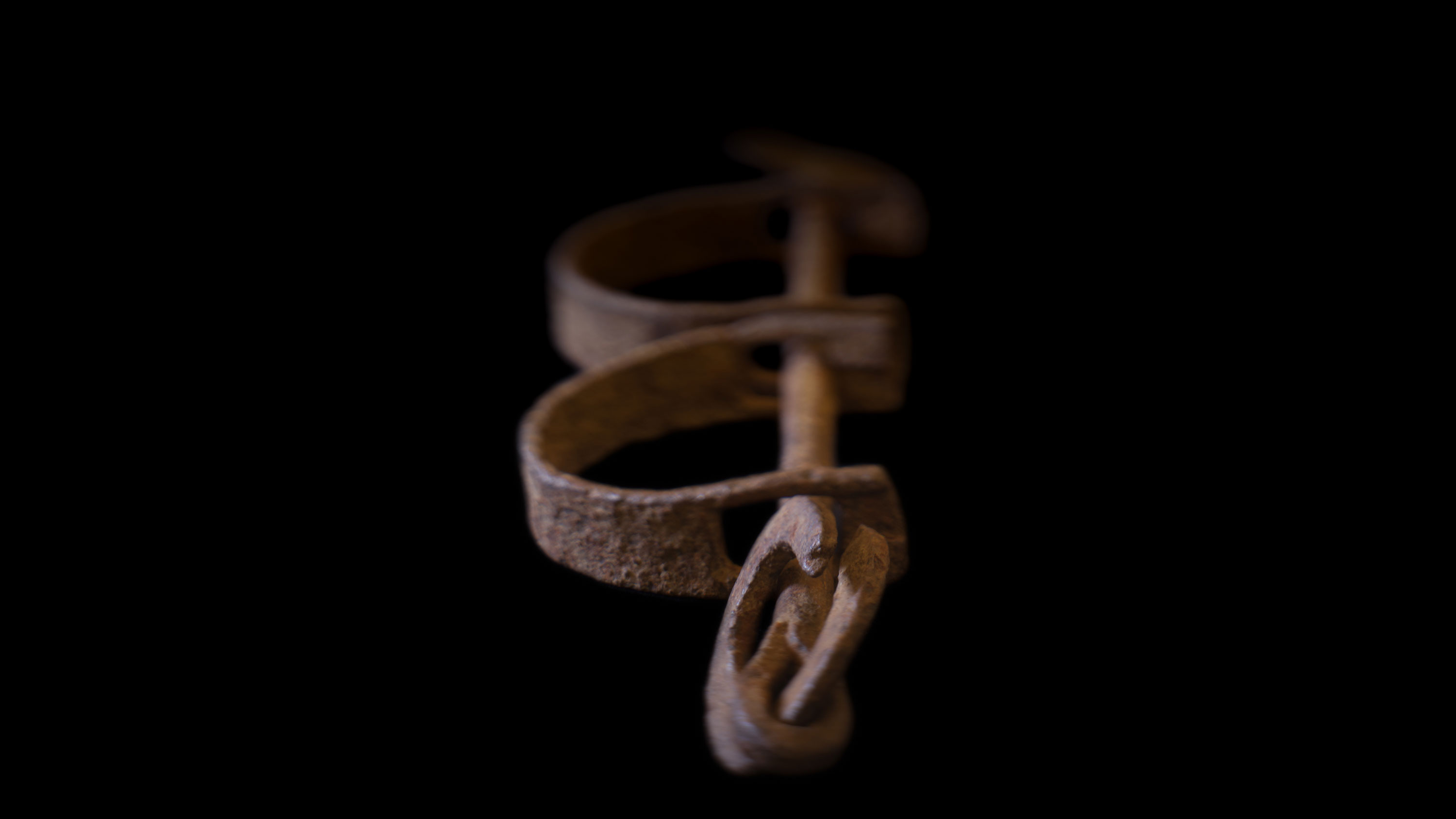
A fascinating new photography project takes viewers on a poignant journey through African American material culture, using objects found in the libraries, museums, and archives of the original thirteen English colonies.
Photographer Wendel White created Manifest: Thirteen Colonies as a personal reliquary of the remarkable evidence of Black agency and racial oppression stored in public and private collections.
Manifest: Thirteen Colonies is available in book form, co-published by Radius Books with the Peabody Museum of Archaeology & Ethnology, Harvard University. The exhibition will be on display at the museum in Cambridge, Massachusetts, until April 13 2025.
White is the 2021 recipient of the Peabody Museum’s Robert Gardner Fellowship in Photography, and he explained that his photographs are “a response to the collective physical remnants of the American concept and representation of race.”
He added: “I am increasingly interested in the residual power of the past to inhabit material remains… Manifest is an effort to seek out the artifacts and material evidence of the American construct and representation of race.”
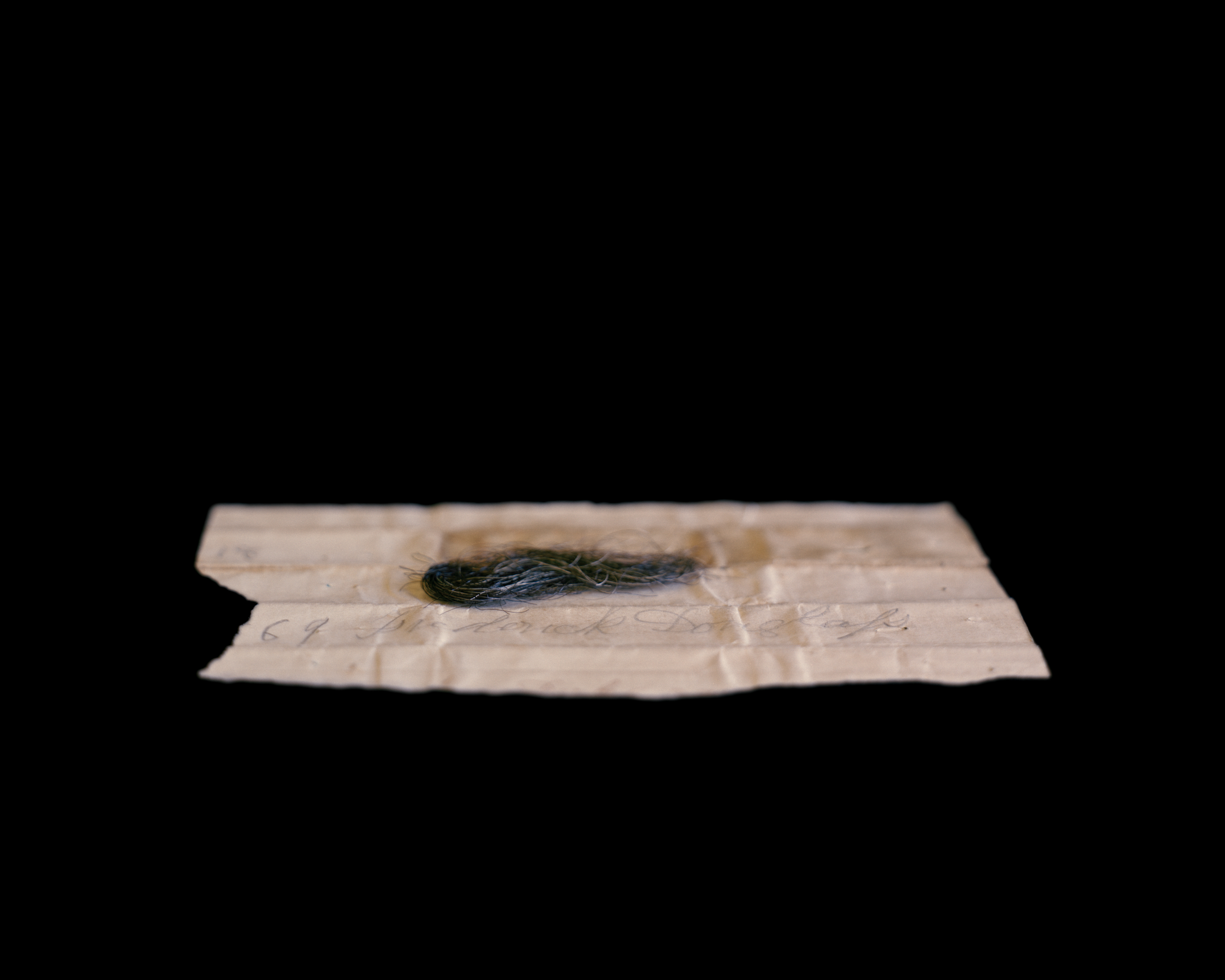
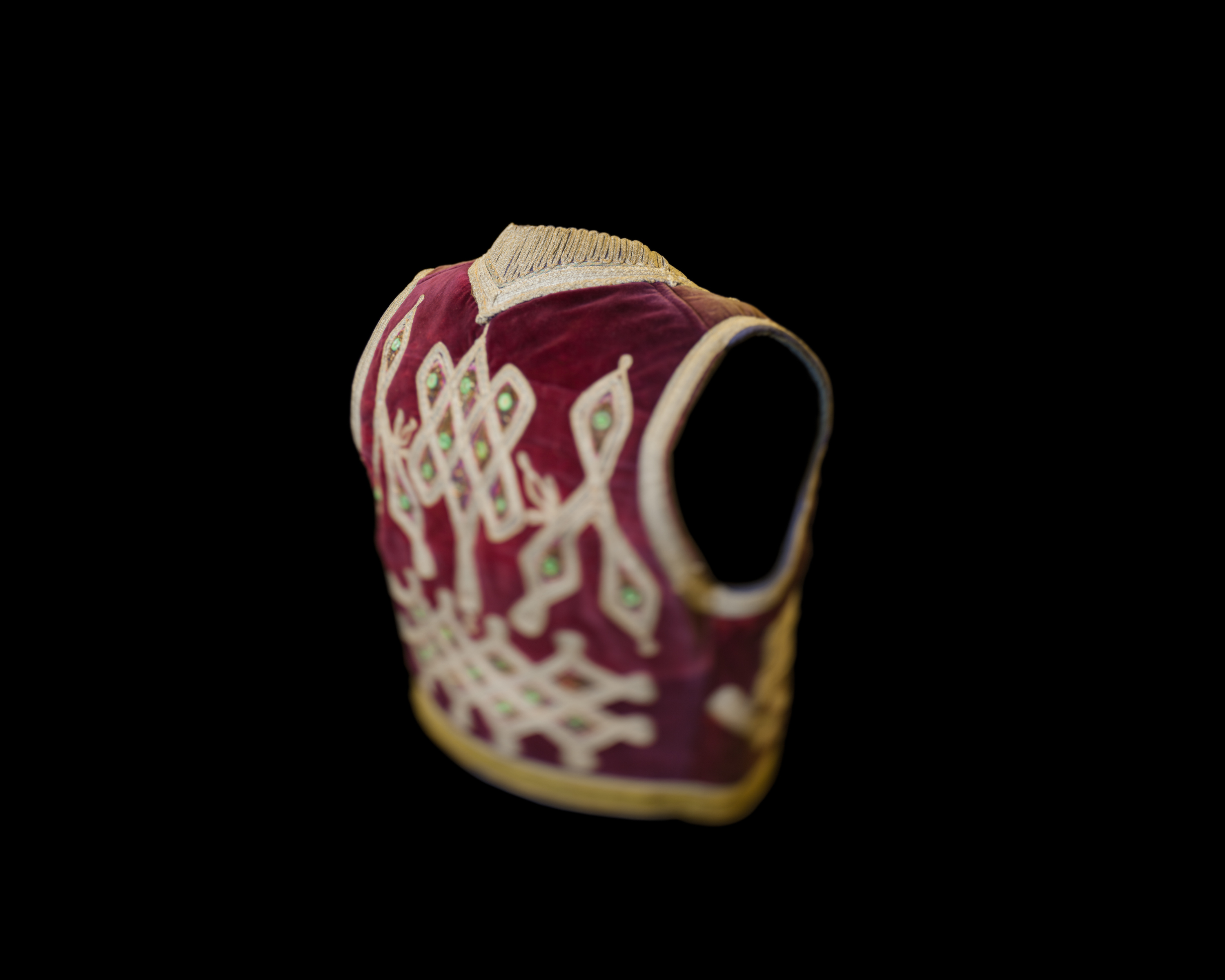
The recipient of multiple other awards and fellowships, White has taught photography at the School of Visual Arts in New York, and is currently distinguished professor of art & american studies at Stockton University in New Jersey.
The photography collection consists of singular items connected to significant historic figures, such as a lock of Frederick Douglass’ hair and Malcolm X’s tape recorder, as well as representative items like a hair-straightening comb and a pressed corsage.
“Most of the collections I visit have been very helpful and willing to provide access to the items,” Wendel told me.
“I think that one of the primary benefits I have in gaining access is that I am able to take all of the photographs in the available light of the library or museum. Using the available light has been a major factor in gaining access, although special permission was required for the use of a tripod, which was the only piece of equipment not normally permitted in many archives.”
Each item is treated with equal respect – photographed on a rich black background with a shallow depth of field, making it clear that every item is a weighted and essential piece of forensic evidence of Black life and history in the United States.
ABOVE: Watch a lecture and conversation on Manifest
The Thirteen Colonies were a group of British colonies on the Atlantic coast of North America during the Seventeenth and Eighteenth Centuries. They were not the first colonial outposts on the American continent, but they were the ones where colonists eventually pushed back against British rule and designed their own version of government to form the United States.
The original thirteen colonies were New Hampshire, Massachusetts, Connecticut, Rhode Island, New York, New Jersey, Pennsylvania, Delaware, Maryland, Virginia, North Carolina, South Carolina and Georgia.
The first Africans forcibly brought to the colonies of what would become the United States had been enslaved by the Portuguese. In the British colonies, Black people initially maintained a legal status similar to white indentured servates, but they did not volunteer their labor.
As the century progressed, the Africans’ status deteriorated as colonies added laws to permit slavery and heavily restrict the rights of African slaves. Families were often broken apart and men and women were forced to work long hours, live in crude and uncomfortable conditions and suffer extreme abuses from their owners.
Despite the hardships, Africans in colonial America developed a vibrant culture that embodied resistance against their enslavers, Christian worship and customs from their native continent that have evolved over the past approximately 400 years into the African American culture today.
You might also like…
Take a look at our guides to the best camera for beginners, the best camera for portraits, and the best coffee table books on photography.


